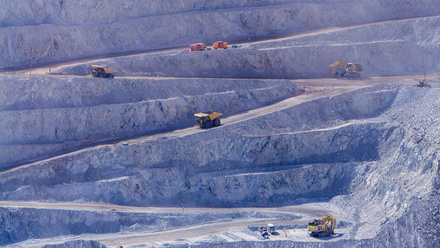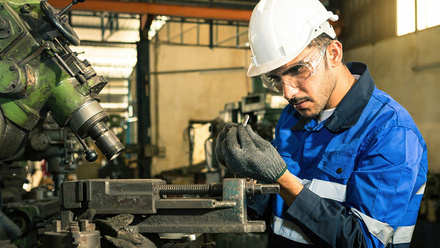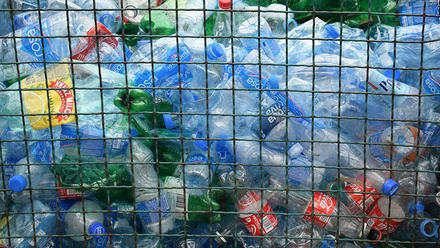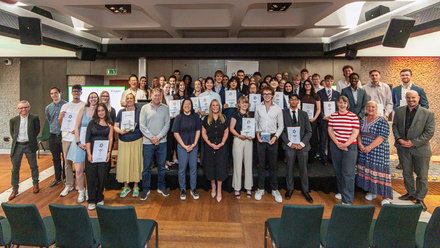Rare-earth elements recycled using cyanobacteria
Rare-earth elements (REE) have been recycled from aqueous solutions using cyanobacteria by scientists in Germany.
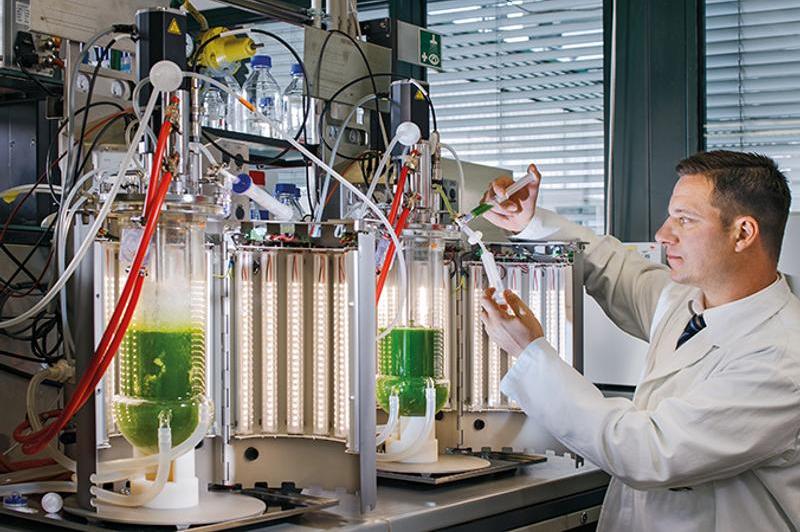
The group at the University of Applied Sciences Kaiserslautern and the Technical University of Munich says the process is reversible, and the metals can be washed out of the solution and the biomass reused.
They have investigated 12 strains of cyanobacteria for biosorption of lanthanum, cerium, neodymium and terbium – the majority of these strains had apparently not been looked at before for their biotechnological potential. They are found in habitats with harsh environmental conditions, for example, in the Namibian deserts, soda lakes in Chad, rock crevices in South Africa and polluted streams in Switzerland.
The team finds all strains to be successful at removing REE but say the maximum metal uptake per biomass gramme varies for all the bacterial strains.
In optimal conditions, the cyanobacteria with the highest adsorption is able to bind about 10% of their dry weight. Metal uptake was reportedly relatively fast and reached saturation after approximately five minutes. Apparently, biosorption was possible even with low concentrations of the metals.
Lead author Michael Paper says, 'The cyanobacteria biomass has a high proportion of sugar compounds with negative charges. These attract positively charged metal ions, which are then bound to the biomass.'
Senior author Professor Thomas Brück says they chose cyanobacteria for their potential to remove toxic heavy metals.
When asked why these four REEs, Brück explains, 'Cerium and lanthanum are the most abundant REE. Neodymium is the most important element for the production of high-performing magnets that are crucial for modern green technologies. Terbium is a REE that naturally occurs in very low concentrations. It has a comparable high market value and is important for the production of computer displays or lasers'.
The REE are removed from the biomass by changing the environmental conditions such as the pH value, or metal complexing substances are added. Metal recovery is then possible with destructive methods such as pyrolysis or burning, resulting in metal-enriched ashes.
The cyanobacterial biomass is produced in a photobioreactor, which depending on the strain, can be obtained by sedimentation, centrifugation or filtration.
Explaining the challenges of scaling this method, Brück says, 'For a successful industrial application, biomass needs to be cheap and available in large quantities. In that context, cyanobacterial biomass can be produced in large volumes only requiring water and light for growth. Furthermore, cyanobacteria are more efficient in the conversion of light into biomass and grow much faster, compared to terrestrial plants.'
They are currently collaborating with mining and metallurgy companies to test the process over the next five years.
'Many industrial effluents (e.g. from mining, metallurgy or electronic waste recycling) contain elevated amounts of REE. There is no additional step required to have REE in solution. The recovery of REE with biomass could be included in a wastewater treatment process,' says Brück. 'Standard wastewater treatment systems are inefficient in REE recovery. At present, less than 1% of REE are being recycled.'


